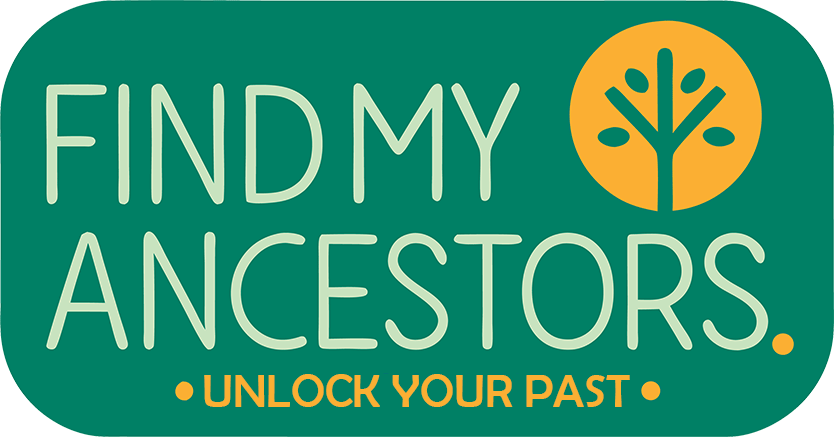Getting your DNA results is exciting. You log in, see a list of people who share DNA with you, and can’t wait to explore your connections. But then you notice something frustrating: many of your DNA matches don’t have family trees attached.
If you are a beginner, it is natural to wonder if these matches are even useful. The good news is that they can be, and in this guide, I will walk you through how to work with them so you can still make progress in your family history research.

Why family trees matter in DNA matching
When a DNA match has a tree, you can often spot shared ancestors quickly. It is like having a ready-made map of your connection. Without a tree, you have to do more detective work, but that detective work can still be rewarding.
Trees help you:
- See how you are related to your match.
- Spot common ancestors or surnames.
- Connect your DNA results to your paper research.
When a match does not have a tree, you lose that shortcut, but there are still other paths to follow.
Step one: focus on your closest matches
If you are faced with a long list of matches without trees, start with the ones who share the most DNA with you. DNA testing companies usually sort matches by how much DNA you share, measured in centimorgans (cM). The higher the number, the closer the relationship.
Why this works:
- Closer matches are easier to place in your family tree.
- They are more likely to know shared relatives or details that can help.
- A few close matches can open doors to entire branches of your family.
Even without a tree, you can often learn something useful from their profile information, location, or surname (if available).
Step two: use shared matches
Most DNA testing platforms offer a “shared matches” or “in common with” tool. This shows you people who match both you and your chosen DNA match.

How this helps:
- If you know how you are related to one shared match, the others in that group may connect through the same branch.
- Shared matches can help you group unknown matches into maternal and paternal sides.
- Over time, these groups can lead you to specific family lines.
For example, if an unknown match shares DNA with several people from your mother’s side of the family, you can focus your research there.
Step three: look for clues in their profile

Even without a tree, your match’s profile may hold small hints:
- Location: Where they live now, or where their testing company is based, can give clues. A match living in County Cork might have Irish roots in that region.
- Username: Some people use family surnames in their username.
- Linked relatives: Sometimes matches have tested alongside family members, which can help you piece things together.
These details may seem small, but together they can point you towards a possible branch in your tree.
Step four: build your own research tree
When a match has no tree, you can create a “research tree” for them. This is not a full family tree, but a working document where you collect any hints you can find.
How to start
- Add the match’s name (if visible) and any known location.
- Search public records, obituaries, or electoral registers for possible family connections.
- Note any overlaps with names or places in your own tree.
Be careful to keep these trees private until you confirm connections. They are working hypotheses, not proven facts.
Step five: group and label your matches
Organisation makes DNA research much easier. Many testing sites let you label or colour-code matches. You could create groups such as:
- Maternal side.
- Paternal side.
- Unplaced – possible Ireland connection.
- Unplaced – possible Scotland connection.
Over time, as you learn more, you can move matches into the right groups and see patterns emerge.
Step six: look for naming patterns in Scottish and Irish families
If your research involves Scottish or Irish heritage, naming traditions can be a big help. For example:
- First son often named after the father’s father.
- First daughter often named after the mother’s mother.
- Patterns repeat across generations.
Even if a match’s name is the only detail you have, spotting repeated names across your matches might point to a shared family line.
Step seven: reach out (gently)
It is okay to send a polite message to a match without a tree. Keep it friendly and simple:
“Hello, I noticed we are a DNA match. I am researching family history from Ayrshire and wondered if you have any family connections there. I would be happy to share what I know.”
Some people will respond, others will not, but respectful outreach can lead to valuable connections.
What to remember when working with matches without trees
- Patience is key. Building connections takes time.
- Keep good notes. You will thank yourself later.
- Combine DNA clues with traditional records. DNA is powerful, but it works best alongside paper research.
- Not every match will lead to a breakthrough, and that is okay.
Turning challenges into opportunities
A match without a tree might feel like a dead end at first, but it can be the start of an interesting research journey. By grouping matches, spotting patterns, and building your own research trees, you can often work out the connection yourself.
DNA testing is not about instant answers. It is about adding another tool to your family history research toolbox. And sometimes, the matches that seem most challenging can lead to the most satisfying discoveries.
